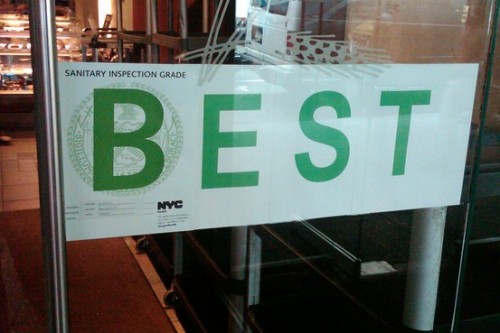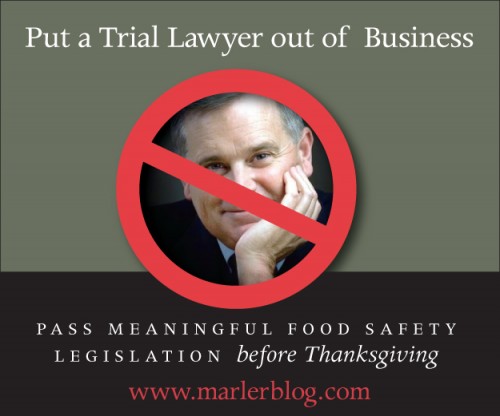Genetically modified foods in supermarkets: how many?
A reader writes that the discussion over genetically modified foods makes no sense because: “virtually every food we consume today has been genetically modified.”
The accuracy of this statement depends, of course, on how you define “genetically modified.” If you include traditional genetic crosses done through plant and animal breeding, the statement is correct.
If, however, you restrict the definition of GM foods to those involving actual manipulations of DNA (rather than eggs and sperm), and the insertion of DNA from one organism into the DNA of another, then the number of GM foods approved for production in the United States is quite limited.
The FDA provides a list of such foods in its inventory of completed consultations on bioengineered foods.
The list includes GM corn, soybeans, cotton, cotton, alfalfa, canola, and sugarbeets, most of which are fed to animals or used as ingredients in processed foods.
But what about supermarket fruits and vegetables? To answer this question requires a clear separation between approval of production and actual production.
To date, the FDA has approved production of GM varieties of plums, cantaloupe, papaya, squash, radicchio, tomatoes, and potatoes. Note: sweet corn–the kind you eat off the cob–is not on the list.
Even if approved, the GM varieties may not be in your supermarket. GM varieties, it turns out, are difficult to produce under field conditions.
When I was doing the research for What to Eat in 2005 or so I tried hard to find out which supermarket foods might be GM. This was not easy. Basically, nobody knew. Unless you test for GM, you can’t tell, and nobody was testing.
So I did some testing. The foods most highly suspected of being GM were papayas from Hawaii engineered to resist ringspot virus. I sent samples of seeds from several varieties of supermarket papayas to GeneticID, a company that does such testing (at, alas, great expense). As I recount in the book, the only papaya that tested positive was the one from Hawaii. The one labeled organic did not and neither did any of the others.
I believe that the public has a right to know whether supermarket foods are GM varieties. Without labeling, you can’t tell. That is why we need GM labeling.
As I explained a year ago, the U.K. requires labeling of GM ingredients and companies making products with GM ingredients do so. We could do this too, and we should.
Addition: The Associated Press writes about the significance of these discussions (I’m quoted).



